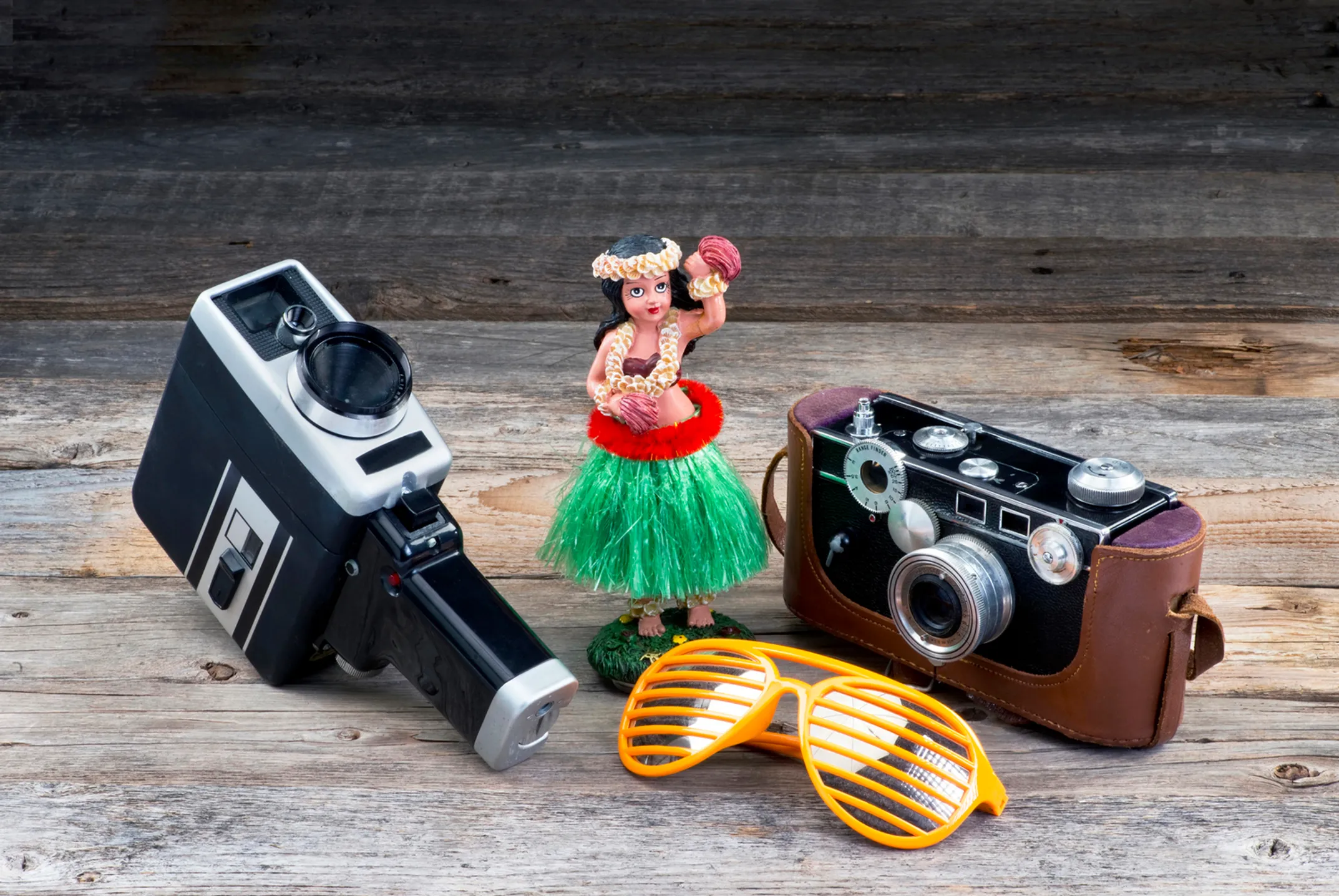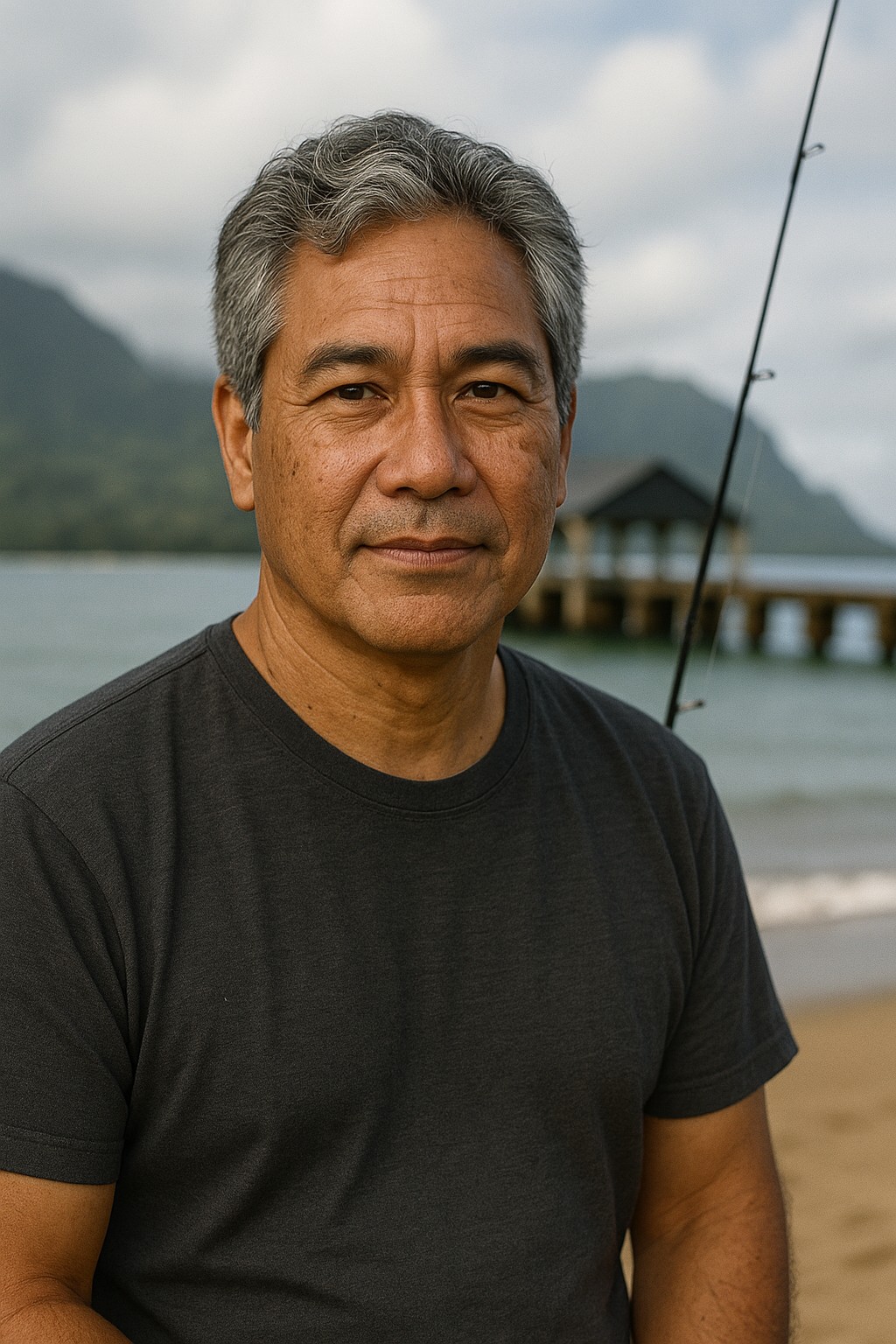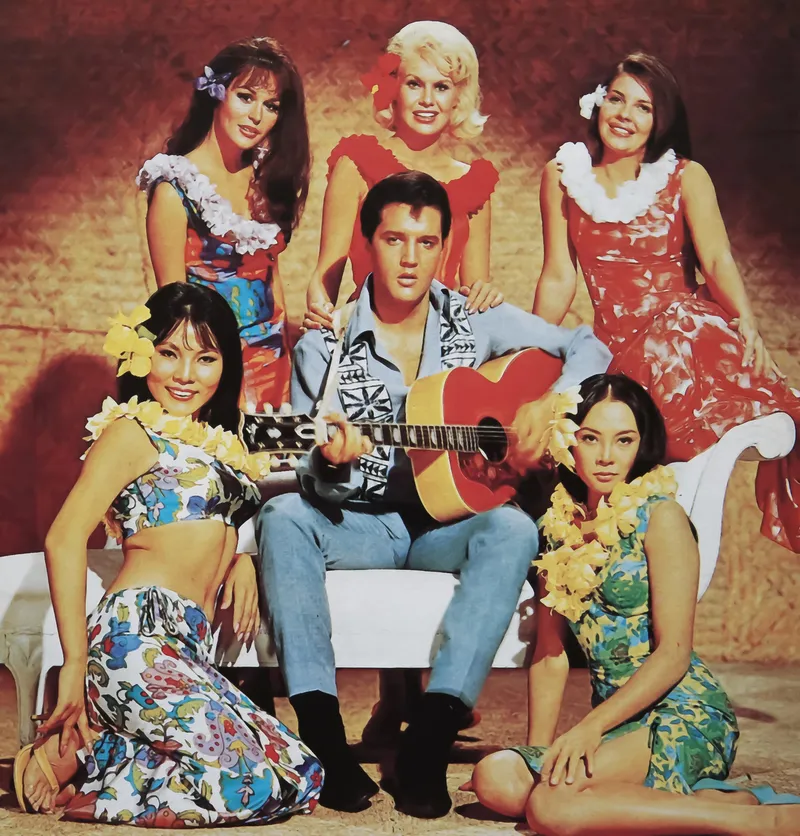

Decolonizing the Lens
The Fight for Authentic Representation

Written by a Local Film Expert
Kalani MillerThe Problem with Paradise: Whitewashing and Appropriation
For all the economic benefits it brings, Hollywood's long shadow has often cast a pall over Hawaiʻi's authentic cultural identity. A recurring and problematic trend is "whitewashing." This is where stories set in culturally rich, diverse locales are populated almost exclusively by white actors in the leading roles. This practice effectively erases the very people whose culture provides the "exotic" backdrop.
The 2015 film Aloha, starring Bradley Cooper and Emma Stone, became a flashpoint for this issue. Stone was cast as a character of part-Chinese, part-Hawaiian descent. The film sparked widespread criticism for populating a story about Hawaiʻi with a predominantly white cast and marginalizing local talent and faces.
This issue of representation goes beyond just casting. It delves into the complex and often painful territory of cultural appropriation. There is a fine line between respectful cultural exchange and harmful appropriation.
When "Aloha" Loses Its Meaning
When Hollywood borrows elements of Hawaiian culture—like the concept of "aloha"—but strips it of its deep spiritual meaning, reducing it to a marketable slogan, it perpetuates a shallow and often damaging stereotype. The core problem, as many Native Hawaiians have pointed out, is the persistent erasure of Kānaka Maoli from their own narrative. Both on screen and sometimes physically in tourist-heavy areas.
While some argue that cultures must be shared to stay alive and that non-natives learning ʻōlelo Hawaiʻi or practicing cultural traditions can be positive cross-pollination, the danger lies in representation without understanding. The goal should be meaningful collaboration, not cultural extraction.
❌ Problematic Representation
- • White actors in Hawaiian/Asian roles
- • "Aloha" reduced to greeting
- • Locals as background decoration
- • Surface-level cultural elements
✅ Authentic Representation
- • Native Hawaiian storytellers
- • Cultural advisors from conception
- • Deep spiritual understanding
- • Local voices centered
Kalani's Film Journal: From 'Blue Hawaii' to 'Waikiki'

Last night, I did a little film time-traveling. First, I watched Blue Hawaii. There was Elvis, charming and carefree, strumming his ukulele against a backdrop of a pristine, problem-free Waikīkī. The Hawaiʻi in that film is a fantasy. A playground built for tourists, where the biggest conflict is choosing which beach to sing on next. The local characters exist only to serve, smile, and facilitate the visitor's good time. It's fun, it's iconic, but it's a Hawaiʻi I don't recognize.
Then, I watched Christopher Kahunahana's Waikiki. The film is set in the same location, but it depicts a universe apart. Here, the protagonist Kea is not on vacation. She is fighting for survival. She sleeps in her van, juggles three soul-crushing jobs, and is haunted by trauma. Her Waikīkī is not a paradise. It's a place of immense struggle, where the glittering facade of tourism hides the grim reality of displacement and economic hardship faced by many Native Hawaiians.
Watching Kahunahana's film felt like a gut punch of truth. It was raw, uncomfortable, and profoundly real. The contrast between these two films, shot decades apart but set in the same few square miles, captures the entire struggle for representation. One is the myth Hollywood sold to the world. The other is the reality our own storytellers are fighting to show.
⚠️ Representation Issues
- Whitewashing: Major problem
- Cultural appropriation: Ongoing issue
- Local erasure: Systematic
- Solution: Indigenous voices
🎬 Controversial Films
- Aloha (2015) Whitewashing
- 50 First Dates (2004) Stereotypes
- Blue Hawaii (1961) Fantasy paradise
A New Blueprint: The Moana (2016) Case Study
Amid the critiques of misrepresentation, a beacon of change emerged from an unlikely source: Walt Disney Animation Studios. With the development of its 2016 film Moana, the studio took unprecedented steps to ensure cultural authenticity. It created a new blueprint for how Hollywood can respectfully engage with Indigenous cultures.
Recognizing the immense responsibility of telling a story rooted in Polynesian mythology, Disney established the "Oceanic Cultural Trust." This collective was comprised of dozens of cultural advisors. Academics, linguists, historians, navigators, and elders from across the Pacific, including Hawaiʻi, Samoa, Tahiti, and Fiji. Key figures like Lāiana Kanoa-Wong, a Hawaiian cultural practitioner, and Grant Muāgututiʻa, a Samoan linguistics professor, were brought in not as a late-stage checkmark, but as integral collaborators from the earliest stages of development.
The Trust's influence was profound and comprehensive. Their collective goal, as Kanoa-Wong stated, was simply "to do things right." They advised on everything from character names and designs to the accurate depiction of ancient wayfinding techniques.
Cultural Collaboration Done Right
They ensured that the story's themes of navigation and ancestral connection were drawn from deep-seated cultural wisdom, rather than invented for film convenience. This collaborative process wasn't just about avoiding offense. It was about enriching the story with layers of authenticity that would have been impossible for outsiders to conceive on their own.
The success of Moana demonstrated that cultural respect and commercial success are not mutually exclusive. The film was a global phenomenon. It was celebrated not only for its stunning animation and memorable songs but also for the care and reverence with which it handled its source material. It set a new standard in the industry. It proved that meaningful collaboration with source communities leads to better, more resonant storytelling.
Cultural Trust
Dozens of Pacific Islander advisors involved from early development stages.
Authentic Details
Accurate wayfinding, mythology, and spiritual elements integrated throughout.
Commercial Success
Proved cultural respect and box office success can coexist.
The Moana model stands as a powerful counter-narrative to the controversies of the past.
It offers a clear and effective path forward for any production seeking to tell stories from cultures not their own. Cultural authenticity isn't just the right thing to do—it makes for better storytelling.

